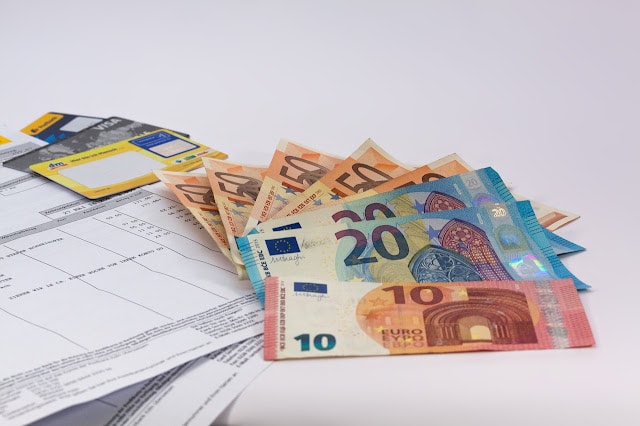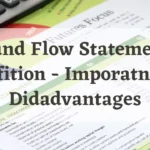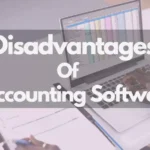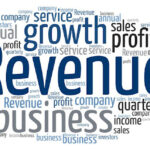As we know most of our readers are students. Are you a student studying accounting or finance? If so, you’ve likely heard of a Bank Cash Book but may not fully understand its meaning and objectives. In simple terms, a Bank Cash Book is a record of all cash transactions in and out of a bank account. It’s a vital tool for businesses and organizations to manage their finances effectively, and as a student, it’s essential to learn how to use it.
In this blog post, we’ll explain the purpose of a Bank Cash Book, why it’s necessary, and how to create and maintain one effectively. By the end of this post, you’ll have a solid understanding of this essential financial management tool and be ready to apply it in your future accounting endeavors. So, let’s get started!
Cash is the liquid form of asset, and thus it must be carefully managed, as there is always a chance of its misappropriation. It is, therefore, necessary for keeping proper control over cash. Since the new government accounting system has cash basis recording, it emphasizes banking transactions, i.e., almost all of government transactions must take place through the bank. All the cash receipts are through bank deposits and payments are made through bank cheques.
Important topic for you: Fund Flow Statement
A systematic record of all cash receipts and payments is necessary for maintaining control over cash and bank balances in government offices. For this purpose, a self-balancing form coded AGF No 5 is prepared on daily basis with the help of journal vouchers, which is called the bank cash book.

Meaning of Bank Cash Book
A Bank cash book is a statement, which is prepared to record all receipts and payments of cash and bank transactions. It can be compared with the cashbook maintained in business concerns. Although it is called a book, it is a self-balancing form having mainly columns of cash receipts and payments, bank transactions, and transactions relating to advances allowed and settled.
Besides, it also contains budget expenditure and miscellaneous columns. It is prepared by operating-level government offices for recording their cash as well as bank transactions. Thus, it contains five accounts such as cash account, bank account, budget expenditure account, advance account, and miscellaneous account. Each account is divided into debit and credit columns. Since it contains a number of columns, it is also called a multi-column cashbook. It is prepared on the basis of a journal voucher.
Case Study on Business Park In China Beijing
Why is bank cash book prepared / Objective of Bank Cash Book
Bank cash book is prepared to achieve these objectives of bank cash book
A Bank cash book is an important financial statement, which shows the cash and bank balances of government offices. The main objectives of the bank cashbook are as follows:
- To make a systematic and permanent record of all cash and banking transactions.
- To effectively control over cash and banking transactions.
- To show the position of cash account, bank account, budget expenditure account, advance, and miscellaneous account.
- To show the bank position of cash account, bank account, budget expenditure account, advance, and miscellaneous account.
- To show the bank balance of the office at any point in time.
- To supply necessary and reliable information and data for preparing monthly statements and other financial reports.
- To check the completion of the double effect of each transaction.
- To estimate the amount of cash requirement and disbursement.
Importance of Bank Cash Book
- Record Keeping: Bank Cash Book is a useful record-keeping tool to keep track of all transactions made through bank accounts.
- Cash Control: It helps to control cash inflows and outflows by recording all transactions made through bank accounts, providing a clear picture of the financial situation.
- Bank Reconciliation: Bank Cash Book facilitates bank reconciliation by comparing bank statements with cash book entries and identifying discrepancies, which ensures that the accounts are accurate and up-to-date.
- Budgeting: It assists in budgeting by recording all transactions and providing information about the inflow and outflow of cash, making it easier to forecast future cash flows and plan accordingly.
- Financial Management: Bank Cash Book is a crucial tool for financial management, allowing businesses and organizations to track their financial performance and make informed decisions based on accurate financial data.
- Tax Compliance: By maintaining a Bank Cash Book, businesses and organizations can ensure that they are compliant with tax regulations and avoid penalties.
- Audit Preparation: It helps in preparing for audits by providing a comprehensive record of financial transactions, making the auditing process smoother and less time-consuming.




